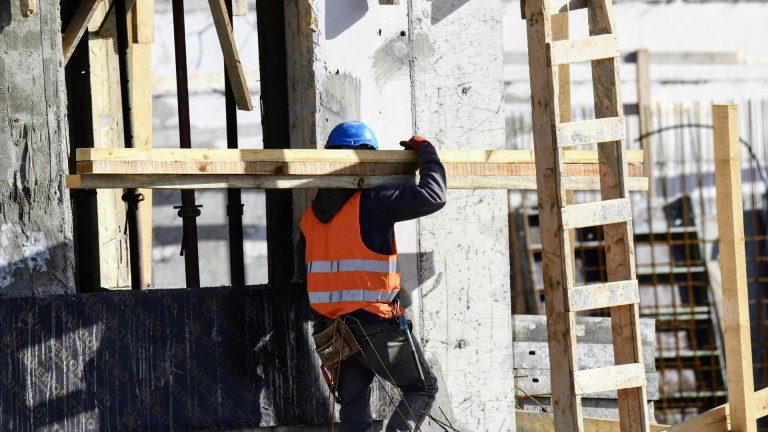However, statisticians cited “major caveats” in the data that undermined its accuracy. That included a lack of information on the time when someone died, the definition of homelessness and how they compared with statistics on the total number of people experiencing homelessness.
But January’s announcement that the homeless death statistics would be scrapped attracted criticism from frontline organisations who warned against the move at a time when more people are falling into homelessness.
Responding to the ONS’s announcement that it would continue to publish the statistics, Alicia Walker, head of policy, research and campaigns at Centrepoint, said it was “brilliant news” as the figures offer “an important insight into to the human cost of homelessness”.
“Statistical releases like this can influence policy to make sure resources reach those most in need. Rough sleeping is still rising and it’s chilling to think how many of those vulnerable people have died. They’re more than numbers, but as the government appears to have abandoned its aim to end rough sleeping this year, we need to keep counting,” said Walker.
“That said, these figures had a deeper role beyond the corridors of Whitehall: their annual release is a regular reminder that we are failing the country’s most vulnerable people – some of them barely out of school – and a motivation to not fail others in similar positions.
“We understand all statistical releases should be as robust as possible but, given the high numbers recorded in the previous release and the increasing prevalence of rough sleeping across the country, we would urge the ONS to release the outstanding figures for 2022 as soon as possible.”
Advertising helps fund Big Issue’s mission to end poverty
The Museum of Homelessness (MOH) also criticised the move back in January. Gill Taylor, MOH’s strategic lead on the Dying Homeless Project, said at the time: “Now is not the time to be turning away from who these people are and why they died.”
The grassroots group publish their own data on homelessness deaths around the UK through the Dying Homeless Project.
“We are pleased to hear that ONS have listened to feedback about their proposal to stop counting the deaths of people experiencing homelessness. Given that 1,313 people died in 2022, a figure that has risen every year since counting began, we were shocked to learn that they were considering this move,” said Taylor in response to the ONS U-turn.
“Whilst we have been critical of the ONS methodology, it is crucial that central government and its departments take responsibility for counting those who die. We welcome the news that ONS plan to strengthen their approach to data collection – understanding the true scale of the issue is crucial to preventing future deaths.
“We would be happy to speak to ONS researchers about our methodology, which is not based on estimates. If a grassroots museum can adopt a rigorous approach to capturing actual data, we are confident the ONS can too.”
MOH’s 2023 count is expected to be revealed in the next few weeks.
Advertising helps fund Big Issue’s mission to end poverty
“It is a privilege to host the Dying Homeless Project, the only UK-wide research and memorial project that counts those who die whilst homeless,” added Taylor.
“The Museum of Homelessness is committed to taking action to prevent future deaths and would like to remind central government that counting is not enough by itself, preventing future deaths requires the rebuilding of our social infrastructure; social housing, a fully resourced national health service and accessible, welcoming public spaces for everyone.”
Do you have a story to tell or opinions to share about this? We want to hear from you. Get in touch and tell us more.









